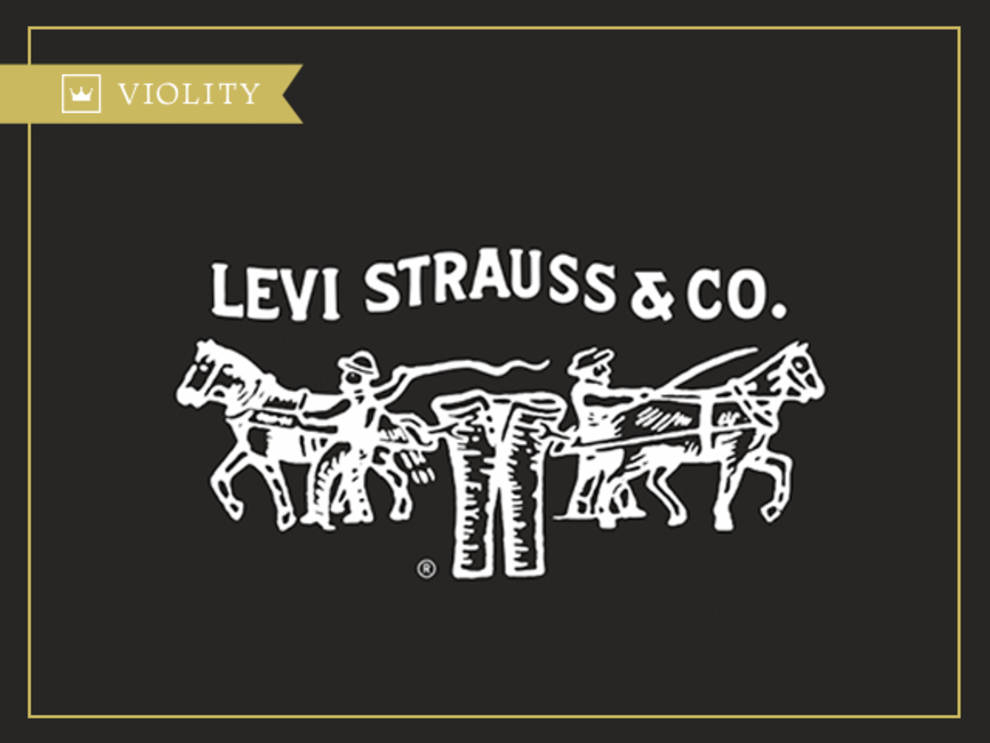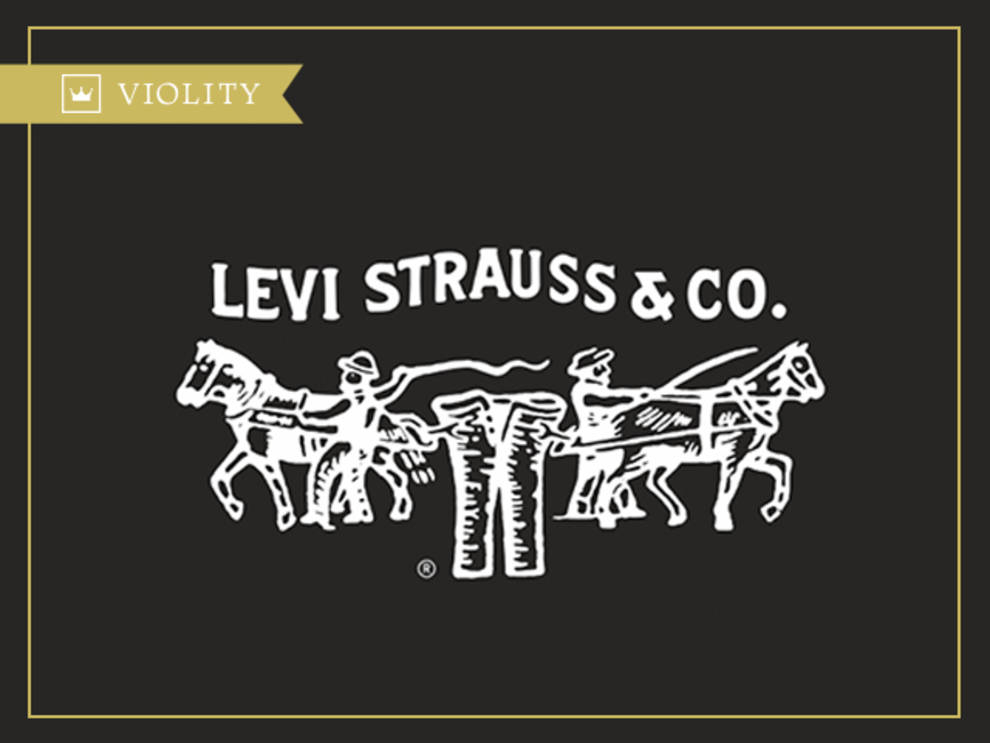
Levi Strauss and birthday jeans
In 1853, Levi Strauss and his son-in-law David opened the wholesale haberdasher's shop Levi Strauss & Co., in which, in particular, tent fabric was also sold. From it they sewed working trousers and carried them to the gold-diggers camps.
Subsequently, the canvas was replaced with softer French fabric “Serge de Nime”, the name of which eventually transformed into “denim”.
In 1872, Latvian immigrant Jacob Davis from the city of Reno (Nevada), who also sewed clothes and bought from Levi Strauss threads, needles and accessories, secured pockets on the trousers of his client, who often tore them, with metal rivets.
Pants with rivets appealed to his customers, and Davis decided to patent this idea. Not having 68 dollars for this, he turned to Levi Strauss for help, and on May 20, 1873, they received a patent for the use of metal rivets and buttons on clothes.

For the first year, Levi Strauss sold 21,000 pairs of trousers and jackets with brass rivets. Later, the fifth rivet, which strengthened the inguinal stitches, had to be abandoned - the gold diggers complained about the inconvenience while sitting by the fires (the copper rivet was very hot). Subsequently, they refused from rivets on the back pockets (they scratched the saddles and furniture) - they were replaced with reinforced seam.
In 1886, a famous leather label appeared with two horses trying to break jeans, two years later Levi's famous 501 model was invented, which is still popular today. True, then they did not have belt loops, as they had to be worn with suspenders.
Jeans of the modern look appeared in the 20s of the 20th century and were sold on the West Coast of the USA as working clothes for cowboys, lumberjacks and railway workers. Known throughout the country during the Second World War, when jeans were included in the list of strategic goods and sold exclusively to people employed in the defense industry.
Since the 1950s, they have become popular among representatives of subcultures, including hippies, dudes, rockers and skinheads, thanks to which they became known outside the United States.
Subsequently, the canvas was replaced with softer French fabric “Serge de Nime”, the name of which eventually transformed into “denim”.
In 1872, Latvian immigrant Jacob Davis from the city of Reno (Nevada), who also sewed clothes and bought from Levi Strauss threads, needles and accessories, secured pockets on the trousers of his client, who often tore them, with metal rivets.
Pants with rivets appealed to his customers, and Davis decided to patent this idea. Not having 68 dollars for this, he turned to Levi Strauss for help, and on May 20, 1873, they received a patent for the use of metal rivets and buttons on clothes.

Photo © jnsm.com.ua
For the first year, Levi Strauss sold 21,000 pairs of trousers and jackets with brass rivets. Later, the fifth rivet, which strengthened the inguinal stitches, had to be abandoned - the gold diggers complained about the inconvenience while sitting by the fires (the copper rivet was very hot). Subsequently, they refused from rivets on the back pockets (they scratched the saddles and furniture) - they were replaced with reinforced seam.
In 1886, a famous leather label appeared with two horses trying to break jeans, two years later Levi's famous 501 model was invented, which is still popular today. True, then they did not have belt loops, as they had to be worn with suspenders.
Jeans of the modern look appeared in the 20s of the 20th century and were sold on the West Coast of the USA as working clothes for cowboys, lumberjacks and railway workers. Known throughout the country during the Second World War, when jeans were included in the list of strategic goods and sold exclusively to people employed in the defense industry.
Since the 1950s, they have become popular among representatives of subcultures, including hippies, dudes, rockers and skinheads, thanks to which they became known outside the United States.


